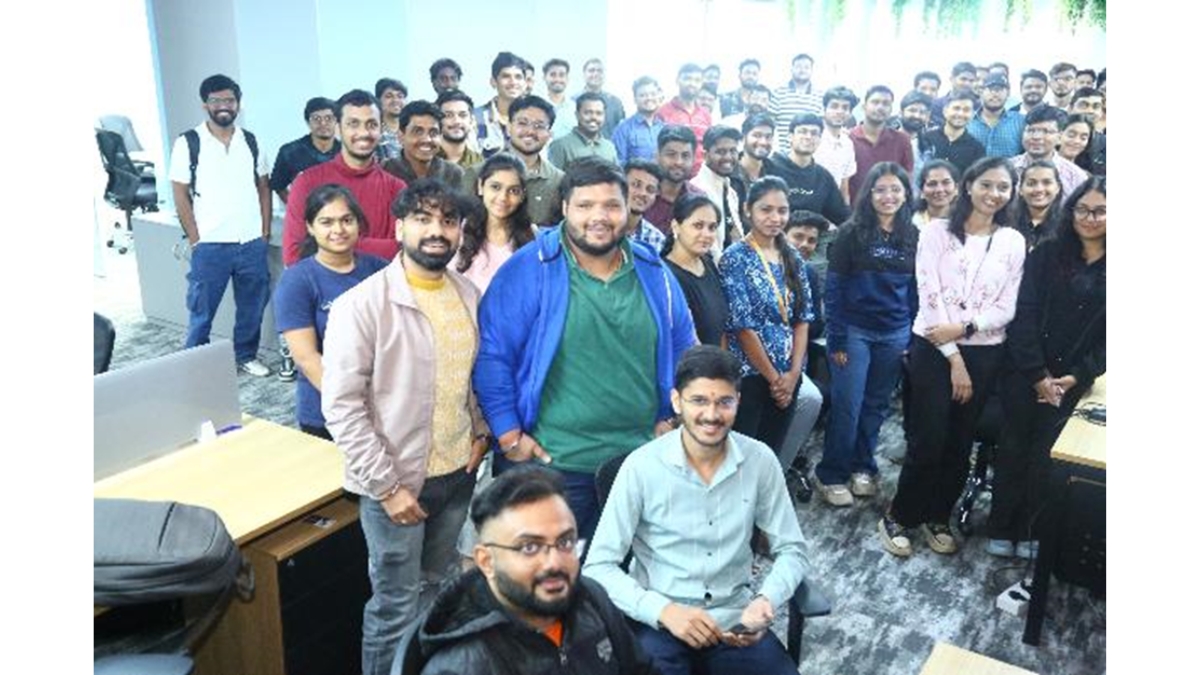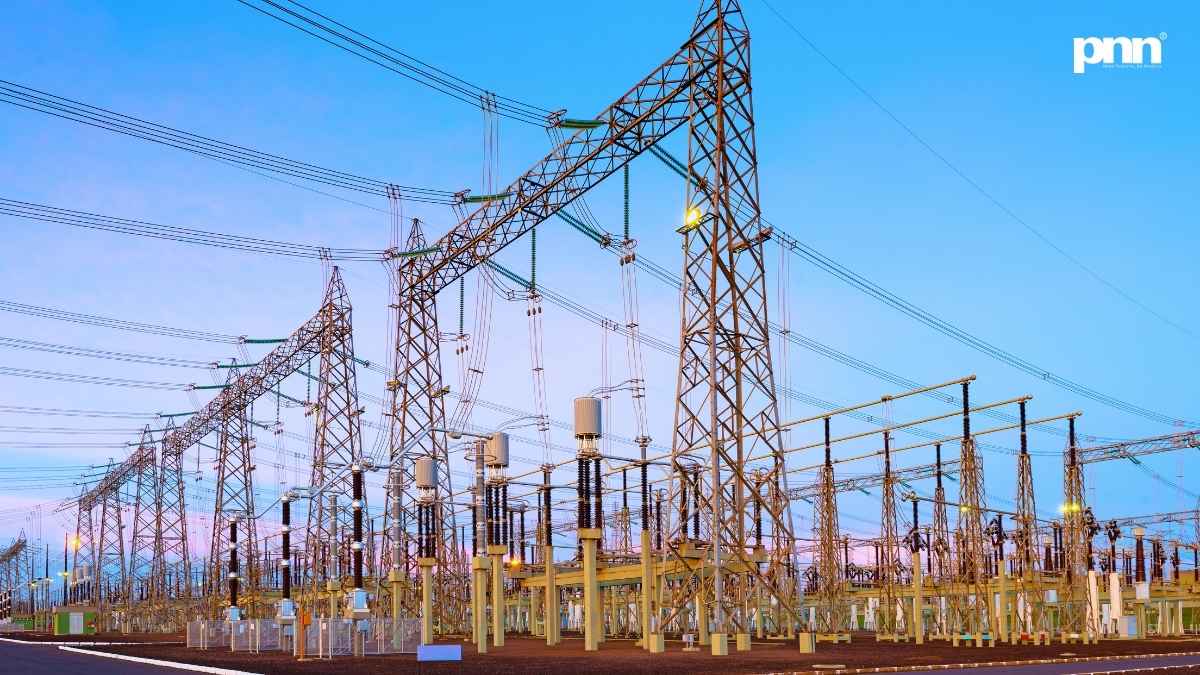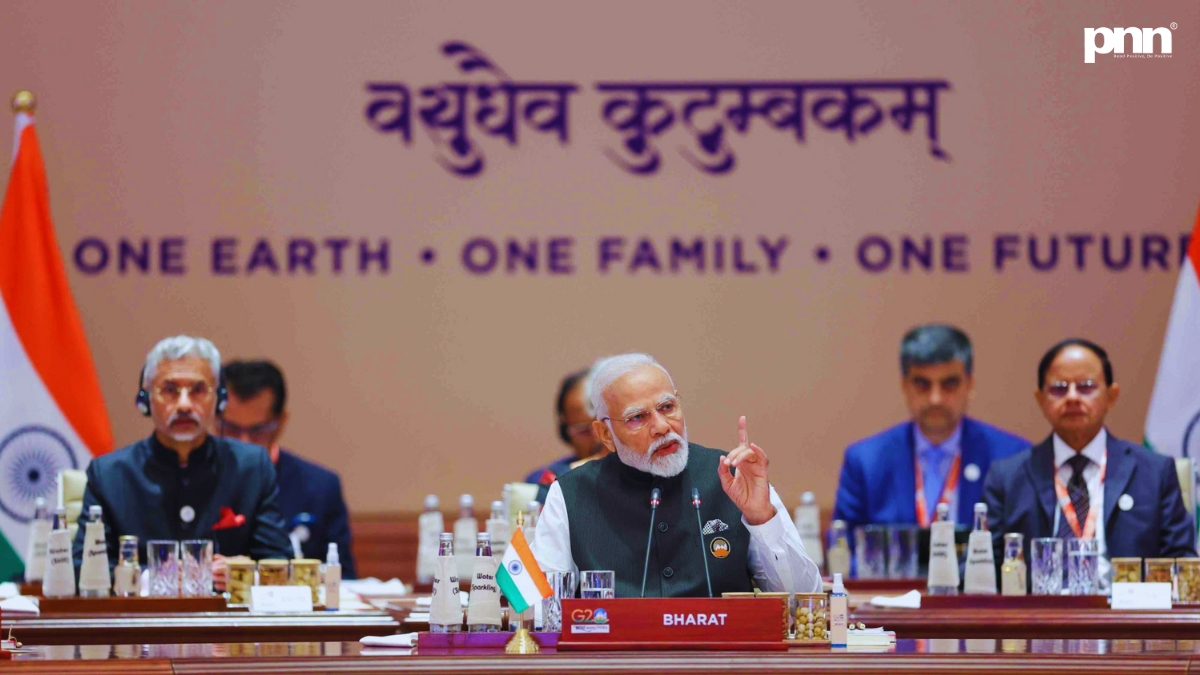
New Delhi [India], September 4: India-Singapore relations just got a serious upgrade. PM Narendra Modi and Singapore’s PM Lawrence Wong didn’t waste time in New Delhi; they rolled out a roadmap that takes the 60-year-old partnership from handshake diplomacy to hardcore execution. Trade, tech, green shipping, digital payments, and security all got fresh commitments.
Singapore: India’s Big Southeast Asia Bet
Singapore isn’t just another partner; it’s India’s most significant trading ally in Southeast Asia and a major investor. The two countries levelled up ties to a Comprehensive Strategic Partnership last year, and now they’re putting it to work. Defence, infrastructure, and innovation are on the fast track.
Both sides agreed to speed up reviews of CECA and India’s ASEAN Free Trade Agreement. Translation: they want more trade, fewer barriers, and faster movement of goods and capital.
Tech, Green Shipping, and Beyond
The joint statement read like a tech startup’s pitch deck. The next phase of India-Singapore cooperation isn’t just about containers and cargo, it’s about:
- Advanced manufacturing + skilling future workers
- Green and digital shipping corridors
- Civil nuclear energy + urban water management
- AI, quantum computing, and digital technologies
- Space sciences + innovation hubs
“Technology and innovation are strong pillars of our partnership,” PM Modi said. And to prove it, both leaders signed off on a space-sector agreement. Expect the next India-Singapore Hackathon to make noise later this year.
Ports, Trade, and GIFT City Muscle
Singapore’s financial clout is already hardwired into India’s growth story. Just look at Gujarat’s GIFT City, now a bridge between both countries’ stock markets.
On top of that, the Bharat Mumbai Container Terminal Phase-2, built with Singapore’s SPA International, was inaugurated the same day. The result? More capacity, more efficiency, and fewer excuses for India’s port bottlenecks.
PM Modi made it clear: Singapore’s role in green fuel supply chains and digital port clearance isn’t a side gig. It’s central to India’s big economic push.
Skilling + Semiconductors: The Workforce Play
India doesn’t just need infrastructure; it needs people who can run it. Enter the new National Centre of Excellence for Skilling in Chennai, set up with Singapore’s help. Target: a trained army for advanced manufacturing.
The Semiconductor Ecosystem Partnership Agreement, signed last year, is also paying off. Singaporean companies are already active in India’s Semicon India Conference. Chips aren’t just about gadgets; they’re about power, and both countries know it.
UPI + PayNow: The Digital Rockstar
Forget G7 press conferences. The real breakthrough is what affects people’s wallets. The UPI-PayNow linkage, now used by 13 Indian banks, lets citizens send money across borders like it’s a WhatsApp forward.
“This is a shining example of how our partnership benefits ordinary citizens directly,” PM Modi said. For once, a soundbite that’s true.
Security + Indo-Pacific Balance
It wasn’t all business. Terrorism and Indo-Pacific security were at the forefront. PM Modi thanked Singapore for standing with India after the recent Pahalgam terror attack.
And in a clear nod to China, both leaders doubled down on working with ASEAN to keep the Indo-Pacific open and stable. The subtext? Freedom of navigation isn’t up for negotiation.
Gujarat Connection: States in the Game
It wasn’t just national politics. Gujarat Chief Minister Bhupendra Patel met PM Modi the same day. Gujarat’s deepening ties with Singapore through GIFT City show how Indian states are starting to punch above their weight in foreign relations.
The 60-Year Mark, and What’s Next
Six decades of diplomacy are now morphing into a “partnership with purpose,” as PM Modi called it. The checklist: digital finance, port infrastructure, green shipping, advanced tech, skilling, and Indo-Pacific security. India-Singapore relations aren’t just about nostalgia. They’re about power moves for the next 60 years.
Also Read: India-Japan Economic Forum: PM Modi’s Big Push for Business







